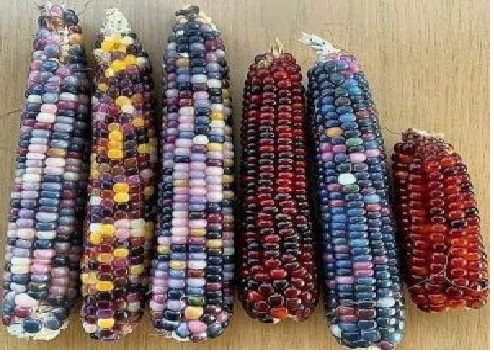The population explosions of earlier and present days have already caused and are still causing severe impacts on the global environment. As for the biological environment, the human population has stressed most biological systems, comprising flora and fauna, as well as biological diversity.
An ecosystem is the smallest unit of the biosphere. Since most of the components of the physical environment are under serious threat due to population explosion, all the biological components are bound to suffer the consequences. Hence, most natural processes have been seriously altered, causing severe ecosystem imbalances. One of the most serious imbalances is the disruption of food chains. Let us see how the food- chains in various ecosystems are being disrupted-
• Atmospheric pollution is causing serious acidification of marine water, leading to the deaths and extinction of top consumers and even producers of marine food chains, leading to severe disruption.
• Large-scale hunting and killing of wild animals and trades in their body parts have pushed several wild top-consumers towards the brink of extinction. Several top consumers in forests and oceans have gone extinct, and many are endangered.
• Clearance of forests for many different purposes, such as human habitation, agricultural expansion, industrial expansion, and urbanization due to population explosion, has endangered the lives of wild plants and animals, leading to disruption of food chains.
• Large-scale applications of poisonous agrochemicals in agriculture are causing the extinction of many bird species and disruption of terrestrial food chains.
It is reported by scientists the world over that the decline of large predators and other apex consumers at the top of the food chain has disrupted ecosystems all over the earth. This loss has been most pronounced among big predators like lions and wolves on land, sharks, whales, and other animals in oceans, as well as large fish in freshwater ecosystems. During recent years, there has been a dramatic decline in the population of many large herbivores like elephants and bison. These losses from ecosystems trigger ecological phenomena known as a “Trophic cascade”, a chain of harmful effects that move down through lower levels of the food chain.
4.3. Genetic Erosion
We know that different types of plants and animals have been blessed with peculiar and important merits. These merits are expressed in plants and animals due to specific genes found in them. In the race for modernization, all the countries of the world, especially the developing ones, are passing through acute competition in raising agricultural and industrial production. Under these conditions, so many of our traditional varieties of plants and animals have been and still are being neglected. Only the hybrid and high-yielding varieties of crops and animals are being domesticated. As such, a number of indigenous varieties have become either extinct or endangered. This is called as Genetic Erosion. Genetic erosion is the process whereby an endangered species of plant or animal disappears or goes extinct when individuals from the surviving population die off without getting a chance to develop in numbers their already low population.
The indigenous varieties of plants and animals can resist adverse environmental conditions and several diseases as these varieties contain specific genes for these special traits. The genetic diversity in our traditional varieties is protecting their existence. For example, we gave several indigenous varieties of maize that represent Genetic Diversity. The modern high-yielding varieties do not possess such genes; hence, they remain prone to adverse environmental conditions and diseases. Thus, if Indigenous varieties of plants and animals are left uncared, the precious wealth of genes may get lost forever. Here are some important examples-
(i). A specific gene found in watermelons in U. P. (the State of India) was resistant to Powdery Mildew. That gene was isolated and transplanted into a disease-prone variety of watermelon in California. Thus, the Californian variety of watermelon was made resistant to powdery mildew.
(ii). A gene resistant to sugarcane’s red rot disease was spontaneously isolated from the grass species Saccharum and transplanted in the sugarcane to make it resistant to red rot disease.
(iii). In 1963, a wild variety of paddy was investigated in the U.P. (State of India). It contained a specific gene that was resistant to a destructive viral disease. This gene was isolated and transplanted into many varieties of paddy to make them disease-resistant.
(iv). Two varieties of tomato were found in Peru with genes capable of controlling the hardness of tomato fruits at the time of their ripening. These genes were transplanted into many tomato varieties to improve their fruits’ qualities.




